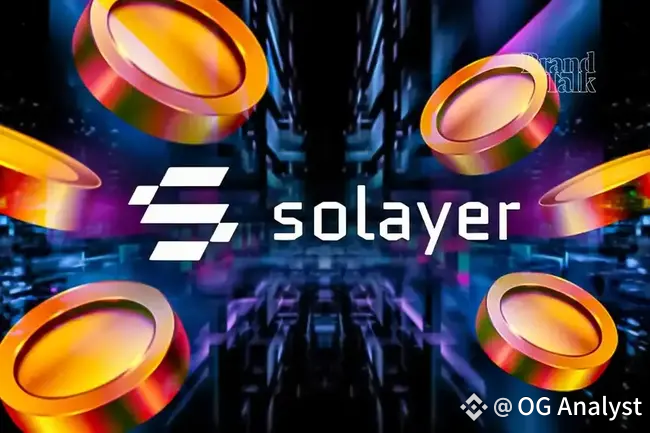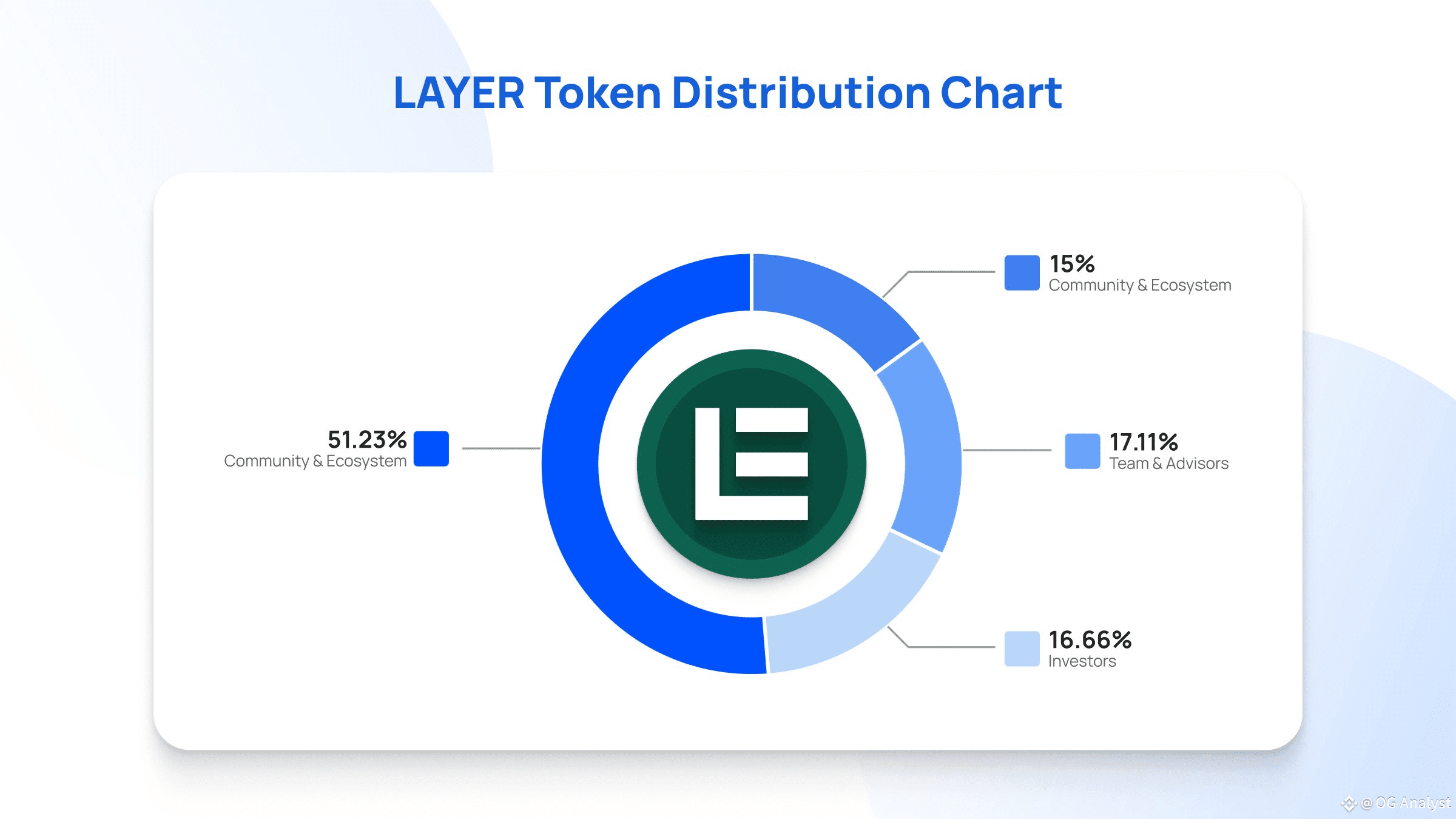In the world of high-performance blockchains, most scaling debates focus on better code, smarter consensus, or optimized execution. Solayer’s thesis is different: software alone has hit its ceiling. The next leap forward will be powered by hardware acceleration — and Solayer aims to prove it on Solana, by combining the first restaking protocol with the first hardware-accelerated SVM blockchain.

From Restaking to Real-World Scalability
Solayer introduces stake-weight Quality of Service (swQoS) to the Solana ecosystem — a system where staking isn’t just about securing the network, but also about guaranteeing bandwidth and blockspace for decentralized applications.

By restaking sSOL, users directly boost a dApp’s transaction priority and network access. This isn’t a theoretical improvement — Solayer’s swQoS restaking has already attracted $500M+ in TVL and over 295,000 unique depositors, making it one of Solana’s top DeFi protocols.

InfiniSVM — Where Hardware Meets the SVM
The heart of Solayer’s scaling vision is InfiniSVM — a multi-execution model powered by InfiniBand, a high-performance networking technology used in supercomputers.
Instead of running all transactions through a single execution engine, Solayer can scale to multiple execution clusters on demand. Key innovations include:
Hardware Offloading: Moving compute-heavy processes like scheduling, signature verification, and deduplication onto programmable chips (SmartNICs, FPGAs).
RDMA Acceleration: Direct memory access that bypasses CPUs for ultra-low latency.
Elastic Execution: Scaling from single to multi-executor architecture in real-time as applications demand more throughput.
The result? Solayer targets 1M+ TPS and 100+ Gbps network bandwidth, opening the door to use cases that traditional blockchains simply cannot handle — from real-time gaming to AI-driven autonomous agents.

A Fully Integrated Financial Stack
Solayer isn’t just building infrastructure — it’s creating a vertical financial ecosystem:
sUSD Stablecoin: A U.S. Treasury bill–backed stable asset, already at $32M+ TVL in under three months.
Debit Card: A premium, non-custodial metal card enabling on-chain spending in the real world, with over 40,000 community participants already lined up.
Savings Accounts: A permissionless, on-chain alternative to traditional banking, combining staking yields with stablecoin flexibility.
Token Utility & Economics
The LAYER token serves as the backbone of the network:
Governance: Vote on protocol upgrades, treasury diversification, and grants.
Consensus Participation: Future staking and verification rewards for securing Solayer.
Gas Token: Planned role in transaction fees, with 50% of fees burned to create deflationary pressure.
With a 1B max supply and 21% circulating at listing, LAYER combines long-term distribution with immediate governance utility.

Why Solayer Matters
Most blockchains scale until they hit hardware limits — and then slow down. Solayer flips that model by building for the hardware layer from day one.
By merging Solana restaking, hardware acceleration, and a full-stack financial ecosystem, Solayer is positioning itself not just as another Layer-1, but as the hardware backbone for Solana’s next growth cycle.
For developers, it’s a chance to build on a network that can keep up with high-frequency, low-latency demands.
For investors, it’s exposure to a project that already commands massive TVL, a growing user base, and a unique scaling advantage.
In short: Solayer isn’t just scaling Solana — it’s redefining what’s possible when blockchain performance meets high-performance computing.
$LAYER @Solayer #BuiltonSolayar